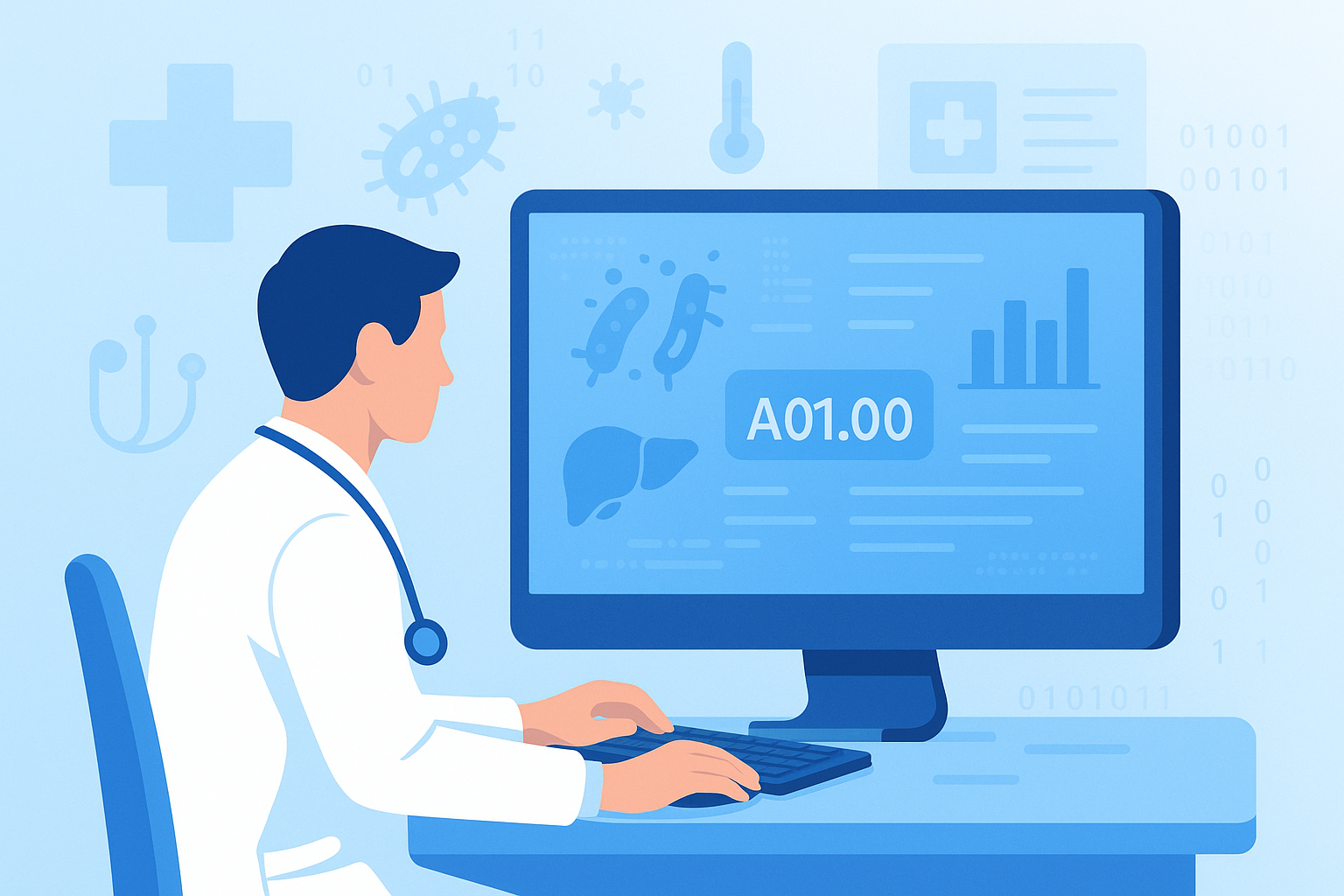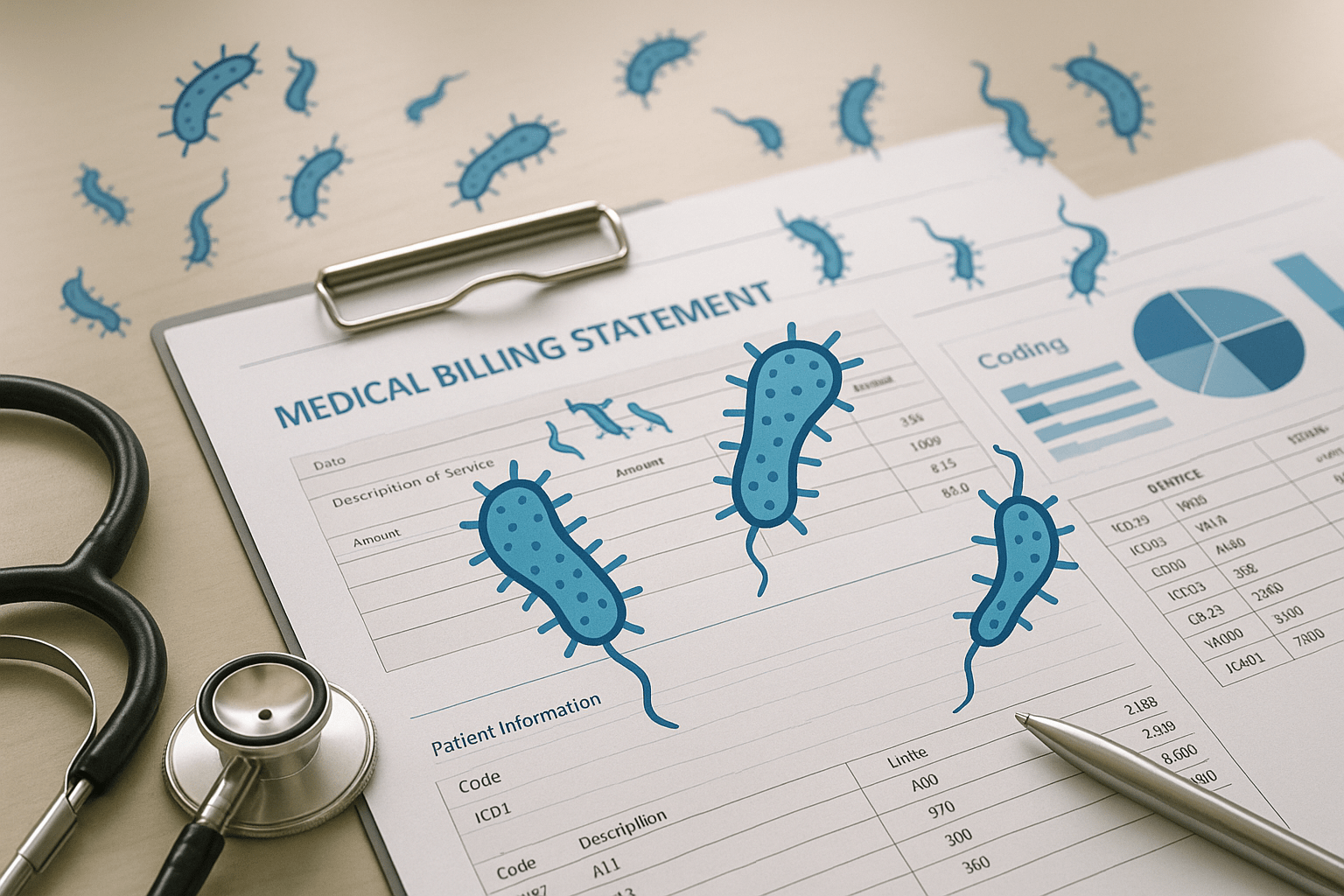You know that moment when you leave the doctor’s office and glance at the paperwork, only to see something like “M54.5” scribbled next to your diagnosis? Welcome to the world of ICD-10 codes – the universal language that healthcare providers use to describe literally every health condition imaginable.
So, What Exactly Are ICD-10 Codes?
Think of ICD-10 codes as the healthcare system’s GPS coordinates. Just like every location on Earth has specific latitude and longitude, every medical condition has its own unique code. ICD stands for International Classification of Diseases, and the “10” means we’re on the 10th revision (yes, they’ve been updating this system since 1893!).
These aren’t just random numbers and letters thrown together. Each code is a precisely crafted identifier that tells the entire story of a patient’s condition. For example, a simple “headache” isn’t just a headache in medical coding – there are codes for tension headaches, migraines, cluster headaches, and even headaches caused by spinal fluid pressure. Wild, right?
Why Should You Care?
Here’s the thing – these codes affect your life more than you realize:
Your insurance claims live and die by them. When your doctor submits a claim to your insurance company, they’re essentially saying, “Hey, I treated this specific condition (here’s the code), and you need to pay for it.” Wrong code? Your claim might get denied, even if the treatment was totally necessary.
They shape medical research and public health. Ever wonder how researchers track disease patterns or how the CDC knows there’s a flu outbreak brewing? ICD-10 codes. They help identify trends, allocate resources, and even predict future health crises.
They ensure you get proper care. When you switch doctors or visit a specialist, these codes in your medical records instantly communicate your health history. No game of medical telephone – just clear, standardized information.
The Journey from ICD-9 to ICD-10
The healthcare world made a massive leap from ICD-9 to ICD-10 back in 2015, and it was like upgrading from a flip phone to a smartphone. ICD-9 had about 14,000 codes. ICD-10? Over 70,000 codes.
Before you panic about the complexity, this expansion was actually a good thing. It means more precision, more detail, and better patient care. Instead of one vague code for “arm injury,” we now have codes that specify exactly which part of which arm, whether it’s the left or right, and even what caused the injury.
Some codes are oddly specific and honestly pretty entertaining. There’s a code for “struck by turtle” (yes, really), “burn due to water skis on fire” (how does that even happen?), and “subsequent encounter for injury sustained in spacecraft” (for our astronaut friends).
How ICD-10 Codes Actually Work
The structure is surprisingly logical once you understand it:
- The first character is always a letter that indicates the broad category (like “M” for musculoskeletal conditions)
- The second and third characters are numbers that narrow down the category
- Characters 4-7 provide even more specific details about location, severity, and circumstances
Let’s break down a real example: A01.00
- A = Certain infectious and parasitic diseases
- 01 = Typhoid and paratyphoid fevers
- .0 = Typhoid fever
- 0 = Typhoid fever, unspecified
See? It’s like a medical address that gets more specific as you go along.
The Real-World Impact
As a healthcare provider, I can’t overstate how crucial accurate coding is. It affects everything from hospital funding to treatment protocols. When hospitals analyze their ICD-10 data, they can identify which conditions they’re treating most frequently, allocate staff accordingly, and even improve patient outcomes by recognizing patterns.
For patients, understanding that these codes exist can empower you. If you’re dealing with insurance issues, asking your doctor about the specific ICD-10 code used can help you advocate for yourself. If a claim is denied, sometimes it’s just a coding error that can be easily fixed.
The Bottom Line
ICD-10 codes might seem like medical jargon that doesn’t concern you, but they’re actually the backbone of modern healthcare. They facilitate communication, ensure proper billing, drive research, and ultimately help deliver better patient care.
Next time you see those mysterious codes on your medical paperwork, you’ll know you’re looking at something much bigger than random letters and numbers – you’re seeing a small piece of the massive, intricate system that keeps global healthcare running smoothly.
And hey, at least now you know there’s a code for “walked into lamppost” – because apparently, that happens often enough to need its own designation.




